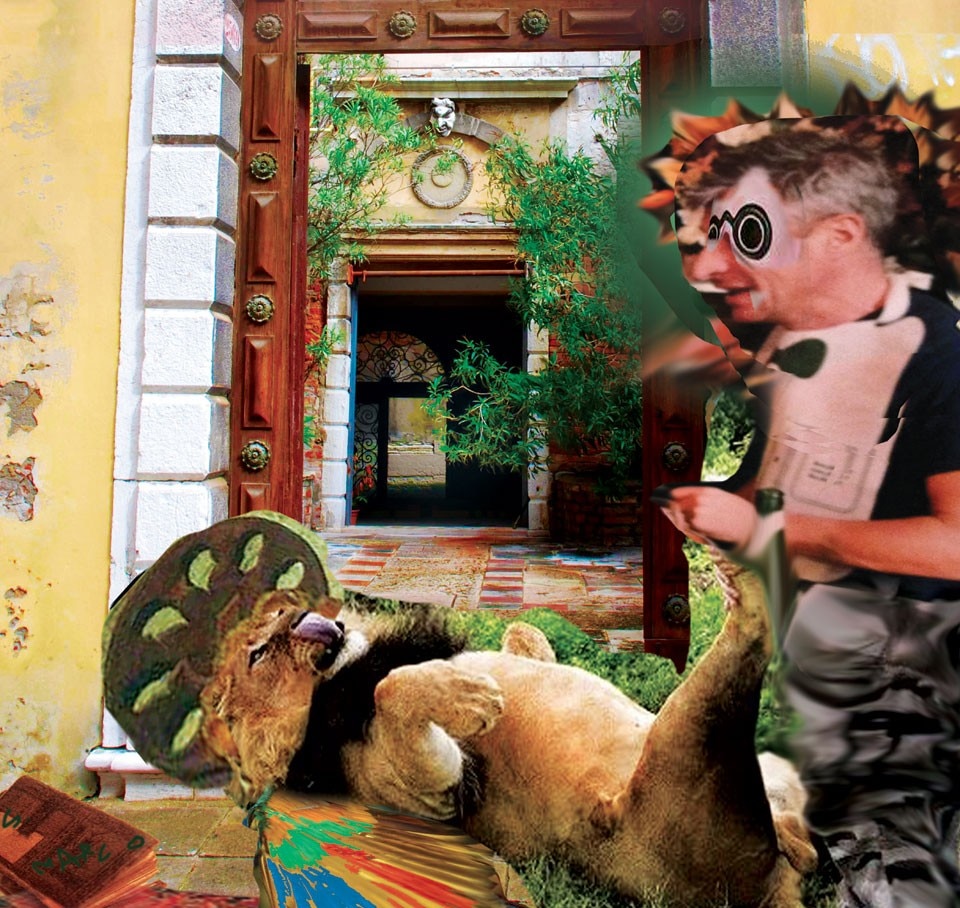“Adopt a young artist.” This is what the Crepaccio in Milan has been doing since last summer. But this is also what it will be doing on a larger scale at the Venice Biennale, with the creation of an entire pavilion showcasing young artists selected by Caroline Corbetta and promoted on the yoox.com online platform. During the preview (from 29 to 31 May) it will be possible to visit Ca’ Soranzo, set up as a live-work space hosting some of the artists involved in the project, and which will be fitted out to accommodate all ten of them. The artists’ work will be the subject of an in-depth focus on yoox.com, also involving three guest editors—one per day—including Domus’s deputy editor Roberto Zancan. The artists are the prime movers behind this unique pavilion and its paraphernalia. For example, Thomas Braida designed the bag that will carry press information and a special version of this article/manifesto, distributed both within the pavilion and at the entrance to the Giardini. The provocation launched to the art world is clear. We thought it would be useful to reflect on the insights offered by this project with Maurizio Cattelan, whom Braida adopted as the pavilion’s “tutelary deity”, or perhaps a “saint to honour”.
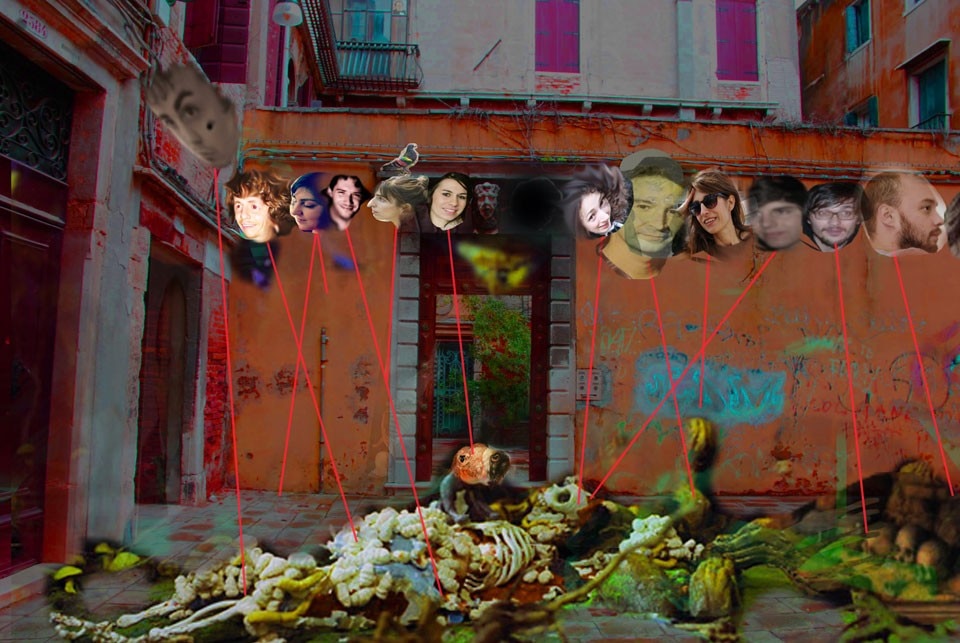
Maurizio Cattelan: Was there really a need for another pavilion at the Biennale? Nowadays, Venice is so invaded by national pavilions that there’s no more space in the Giardini.
Caroline Corbetta: Yes, it really was necessary! First of all, ours is not a national pavilion, but one that’s local and global at the same time. I’d call it “glocal”, if I may use an ugly word. Furthermore, it exists both physically and virtually. The Crepaccio Pavilion at yoox.com (“The Venetians”) is given over to young artists who work and study in Venice, but who, for one reason or another, draw no particular benefit in terms of visibility from the fact that their city is transformed into the world’s most important contemporary art stage once every two years. Actually they practically disappear. So we’re aiming to offer them this visibility — both in the lagoon, where we will be exhibiting their works during the Biennale preview, and through yoox.com, the online store for fashion and design (and recently also art). Throughout the Biennale, not only will their works be on sale via the website, but there will also be content focusing on their projects, made available to a global audience of more than 7 million people each month. Do you see? Wasn’t it you, when you were still an artist, who said that you were interested in discussing your art with the greatest number of people possible? Like you — especially with some of your early projects such as the fake Flash Art cover featuring yourself — we’re working within the system in a way that I’d call “camouflaged”. We’re using its rules to provoke and stimulate thought, with an attitude halfway between serious and facetious, balanced between the past and the future. The decision to sell the artists’ works on yoox.com, for example, harks back to the origins of the Venice Biennale, when it was possible to buy the pictures and sculptures on show. Now, though, the market operates behind the scenes.
Maurizio: Okay, so this pavilion was definitely necessary. But I’d say you actually took your inspiration from Warhol, from his way of being at once inside and outside the art world, and from the idea of seeing art not as something sacred but as one of the many forms of cultural expression. This kind of approach made art more accessible. Warhol was unprecedented in terms of popularisation. He’s a yardstick against whom all contemporary artists must measure themselves.
Caroline: Perhaps all curators, too.
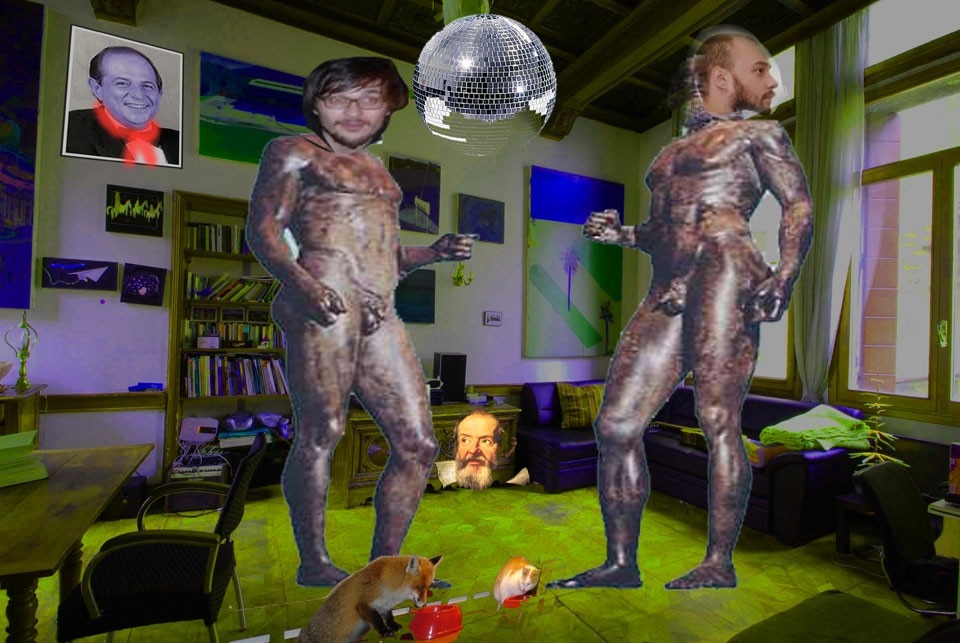
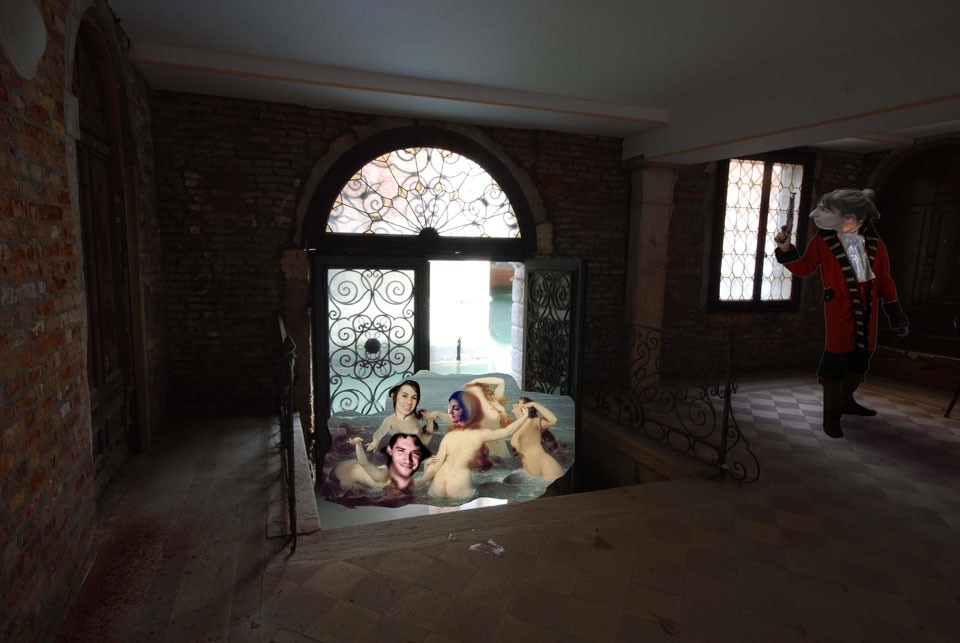
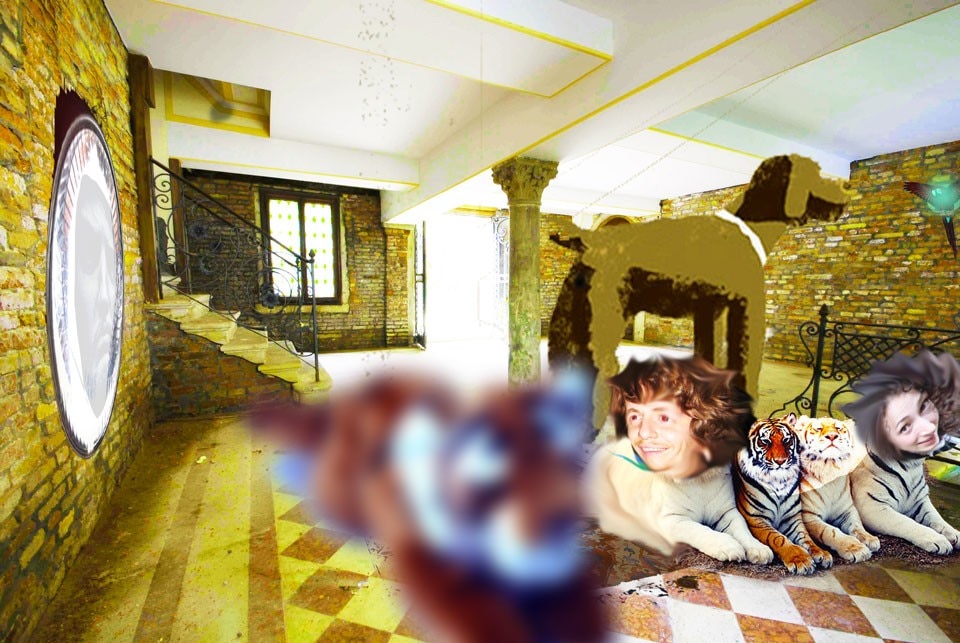
Maurizio: You haven’t explained what Crepaccio is.
Caroline: Do you remember Il Carpaccio, the restaurant where you go after your legendary swims when you’re in Milan? Since May last year, one of the restaurant’s 40-centimetre-deep windows has been hosting a heterodox programme of exhibitions showcasing young Italian talent. We came up with our name by changing two letters on the restaurant sign: from Carpaccio (the Italian dish) to Crepaccio (which means “crevice”). I’m managing it together with a network of permanent and impromptu collaborators, such as the artists Marcello Maloberti and Yuri Ancarani, who are trying their hand at curatorship. We say that you’re behind this project too, partly because the experience recalls the Wrong Gallery in New York, if only for its small size. At the entrance to the restaurant there’s also a photo of you eating with a huge bib on. With that photo hanging there, it’s like you’re a kind of tutelary deity for the Crepaccio, a saint to honour. Actually, the image has been reused by Thomas Braida, one of the young “Venetians” who had the job of creating the pavilion’s image. He’s got you wearing a Venetian carnival mask and pictured you intent on cuddling the Lion of St Mark, the symbol of Venice, small versions of which are given as prizes at the Biennale. Humour is a way of communicating. It’s like a smokescreen concealing an important message, which, if expressed literally, might be less effective. Irony often hides a dramatic moment.
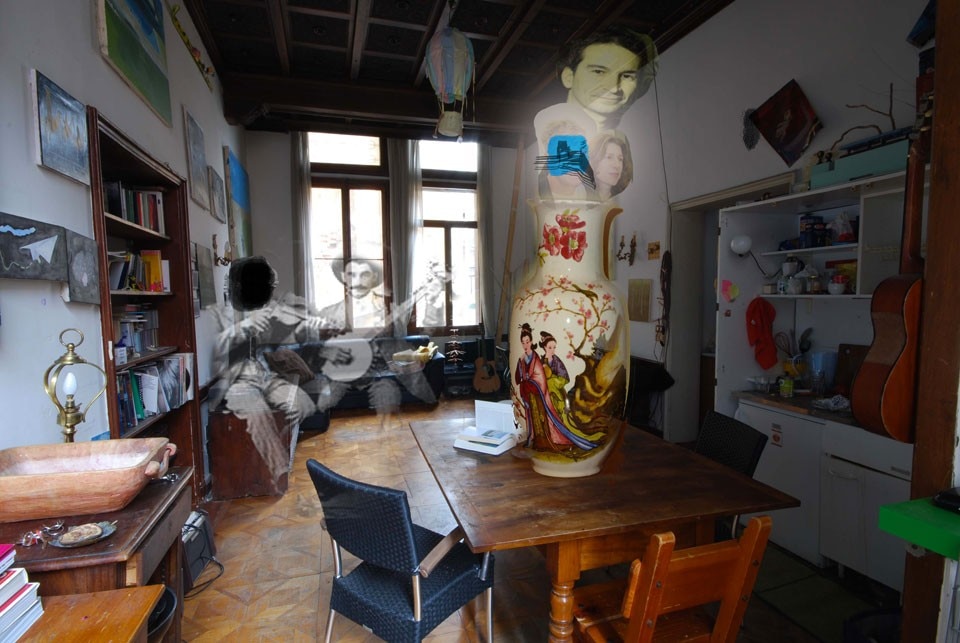
Maurizio: Today, the financial crisis has opened up the possibility for experimentation, alternative programmes and new critiques that until recently seemed impossible. You’ve found a way of developing a programme that starts from little or nothing. It’s a form of criticism and I prefer facts to words, and you’ve used them to show that there are 100 ways of being on the scene. One of these could well be the Crepaccio Pavilion. The Financial Times has dubbed the trend among leading chefs to return to a strongly local base as the “new localism”. Perhaps we need to do the same in art. But artists who belong to a community rooted in a set place, as happens in Venice, must understand the global forces at work. They have to band together and create a system if they want to exist on an international level. In the end, the ten “Venetians” do not make up a movement or a school; they’re all working individually. Some will go far, and others won’t. But if they don’t create a system, they have little chance.
Caroline: Precisely. With this pavilion we also want to launch a call to create a stronger system here in Venice — especially during the Biennale, when the whole world turns up on our doorstep. This opportunity mustn’t go to waste. We’re creating the pavilion with yoox.com, an Italian company that has succeeded in the field of e-commerce, which has been the prerogative of the English-speaking world.
Maurizio: It’s an interesting historical moment for the Italian scene, too, at the Venice Biennale. Massimiliano Gioni has invited various Italian artists to take part in the international exhibition. The Italian Pavilion, curated by Bartolomeo Pietromarchi, will definitely not be the embarrassment of recent years. And then there’s this new pavilion. They’re like three concentric circles.
Caroline: I’ve noticed an odd coincidence: this is your first Venice Biennale as a “retiree”, and your long-time friend and colleague Massimiliano Gioni is running it. But he hasn’t invited you and there have never been as many Italian artists in the spotlight as this year. Has your exit from the scene suddenly made space for others?
Maurizio: I’ve always tried to be there without being there. It was a way of taking part through absence, and I’ll continue to take part.
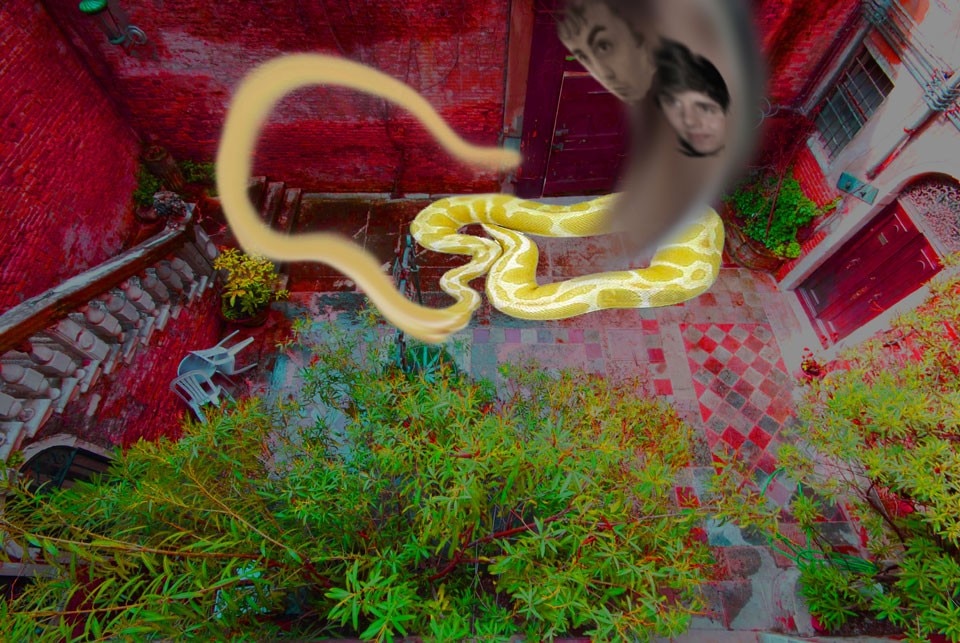
Padiglione Crepaccio at yoox.com
I "Veneziani"
Curated by Caroline Corbetta
With Thomas Braida (1982), Fabio De Meo (1986), Marco Gobbi (1985), Massimiliano Gottardi (1989), Luca Migliorino (1988), Valerio Nicolai (1988), Barbara Prenka (1990), Valentina Roselli (1986), Caterina Rossato (1980), Serena Vestrucci (1986)
29, 30, 31 May 2013, from 10:00 — 20:00 (by invitation)
Ca' Soranzo, Campiello dei Calegheri (near Teatro La Fenice)
Vaporetto stop: S. Maria del Giglio or Accademia, Venice
Every day, from 13:00 — 15:00, brunch with a special guest editor
29 May: Stefano Tonchi (editor, W magazine)
30 May: Roberto Zancan (deputy editor, Domus)
31 May: Linda Yablonsky (contributor Artforum.com, New York Times)


